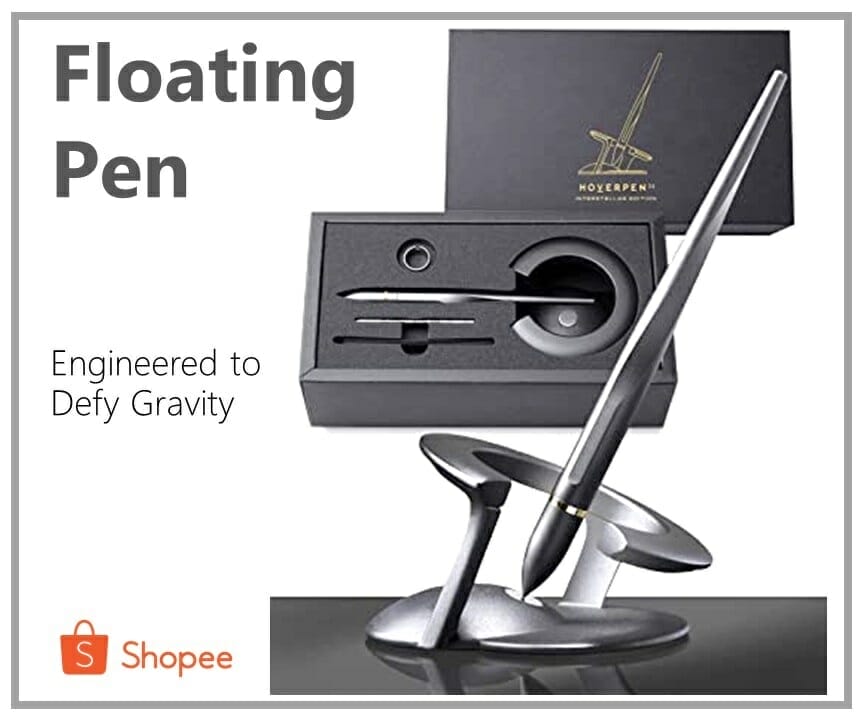Newton’s Third Law of Motion, often summarized by the phrase “every action has an equal and opposite reaction,” is a cornerstone of classical physics that describes how forces operate in pairs. This law implies that when one object exerts a force on another, the second object exerts a force of equal magnitude but in the opposite direction back on the first object. This interplay of forces is evident in numerous everyday situations, such as when you push against a wall. At the same time, when you apply force to the wall, it simultaneously pushes back with an equal force, preventing you from passing through it. Understanding this interaction helps us analyze the motion of various objects and the forces acting upon them.
“Every action has an equal and opposite reaction” can be observed in real-world scenarios, such as rocket propulsion. When a rocket engine expels gas downwards at high speed, the reaction to this action is the upward thrust that propels the rocket into the air. This principle applies not only to rockets but also to swimming, walking, and even the flight of birds; in each case, moving one part of the body generates an opposite reaction that facilitates movement in the desired direction. By grasping the implications of Newton’s Third Law, we can better understand the mechanics of motion and the interconnectedness of forces throughout the universe.

The Concept of Newton’s Third Law
Newton’s Third Law of Motion is one of the fundamental principles governing objects’ behavior in our universe. It states that for every action, there is an equal and opposite reaction. This means that when one object exerts a force on another, the second object exerts a force of equal magnitude but in the opposite direction, back on the first object. This reciprocal relationship is crucial for understanding how forces work and interact in various physical situations, forming the foundation for much of classical mechanics.
An excellent example of action and reaction pairs can be seen in everyday activities, such as walking. When a person walks, their foot pushes backward against the ground (the action), and in response, the ground pushes the foot forward (the reaction). This interaction allows the person to move and illustrates how forces are balanced in a manner consistent with Newton’s Third Law. Other common examples include a rocket propelling itself into space by expelling gas downward or a swimmer pushing water backward to propel itself forward, demonstrating that every action has an equal and opposite reaction.
The importance of Newton’s Third Law in physics cannot be overstated. It provides a framework for understanding the dynamics of systems, from simple machines to complex astronomical systems. By recognizing that every action has an equal and opposite reaction, scientists and engineers can predict how objects behave under various forces. This law is essential for designing vehicles and structures and understanding natural phenomena, ensuring that our interpretations of motion and force remain consistent across various fields of study. Ultimately, Newton’s Third Law has profoundly shaped our understanding of the physical world.
Real-World Applications
Every action has an equal and opposite reaction, permeating various aspects of our daily lives, particularly in sports. Athletes rely on this principle to maximize their performance and efficiency. For instance, when a sprinter pushes off the starting blocks, the force exerted on the ground produces an equal and opposite force that propels them forward. Similarly, in sports like basketball, players leverage this law when jumping; the force applied against the ground allows them to ascend. Understanding this fundamental principle allows coaches and athletes to optimize training regimens, improve techniques, and enhance athletic performance.
In engineering, the implications of Newton’s Third Law are profound and far-reaching. Engineers incorporate this principle into the design of various structures and machines. For example, in the construction of bridges, the forces acting on the materials must be balanced to ensure stability and safety. The design of vehicles also heavily relies on this law; when a car accelerates, the tires push backward against the road, and in return, the road provides an equal force that moves the car forward. This understanding of “every action has an equal and opposite reaction” informs the physical construction of these objects and the development of safety features, ensuring that they can withstand forces encountered during operation.
Space exploration stands as one of the most striking applications of Newton’s Third Law. Rockets operate on the principle that “every action has an equal and opposite reaction,” where the force of the exhaust gases being expelled downwards generates an upward thrust that propels the rocket into space. This fundamental understanding has been crucial in the design of propulsion systems and spacecraft. Engineers developing advanced technologies for interplanetary travel must account for the reactions produced by various mechanisms, such as thrust and maneuverability. Consequently, Newton’s Third Law influences the current design and technology in space exploration and paves the way for future advancements in our quest to explore beyond Earth.
Misconceptions and Clarifications
Newton’s Third Law of Motion, often summarized by the phrase “every action has an equal and opposite reaction,” is a fundamental principle in physics frequently misinterpreted. One common misconception is that this law implies that forces always cancel each other out completely, resulting in no net motion. For example, when a person jumps off a small boat, jumping pushes the boat backward. Some may mistakenly believe that the boat will remain stationary due to the equal and opposite reaction. In reality, the boat does move, albeit in the opposite direction, illustrating that although the forces are equal in magnitude and opposite in direction, they act on different bodies.
Another prevalent misunderstanding revolves around the idea that “every action has an equal and opposite reaction” applies only to direct contact forces. Many think this law is limited to two objects in direct contact, such as a person pushing against a wall. However, this principle also applies to action-at-a-distance forces, such as gravitational or electromagnetic forces. For instance, when an object is attracted to the Earth due to gravity, the Earth simultaneously experiences an equal and opposite gravitational pull from the object. This broader application of Newton’s Third Law clarifies that it encompasses all interactions, whether contact-based or not.
Lastly, some individuals assume that the law means that actions and reactions occur simultaneously and do not consider the effects of time or context. For example, when a rocket engine expels gas backward, the action of the gas moving downward leads to the rocket moving upward, exemplifying “every action has an equal and opposite reaction.” However, the effectiveness of the reaction depends on the mass and velocity of both the expelled gas and the rocket. In practical terms, while the forces are equal, the resulting acceleration of each object can differ significantly due to their respective masses. This highlights the importance of understanding the context in which Newton’s Third Law operates, allowing for a more comprehensive grasp of motion and force interactions in various scenarios.
Endnote: Every Action has an Equal and Opposite Reaction
Newton’s Third Law of Motion, encapsulated in the phrase “every action has an equal and opposite reaction,” fundamentally alters our understanding of how forces interact in the physical universe. This principle explains the balance and dynamics of motion and emphasizes the inherent symmetry in nature. For instance, when a swimmer pushes against the water, the water simultaneously pushes back, propelling the swimmer forward. This reciprocal relationship highlights the interconnectedness of forces, reminding us that all movements are part of a larger system where actions and reactions are inextricably linked.
The implications of this law extend beyond mere mechanics; they inspire innovation across various fields, from engineering to environmental science. By acknowledging that “every action has an equal and opposite reaction,” scientists and inventors can design more efficient systems in aerospace technology or sustainable energy solutions. Understanding this foundational concept enriches our comprehension of physical phenomena and drives advancements that harness the power of these interactions. As we continue to explore the complexities of motion and force, Newton’s insight remains a guiding principle, illuminating the path toward discoveries and applications.












